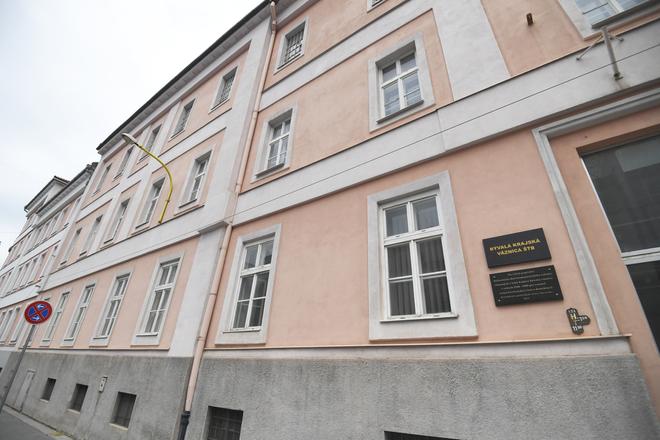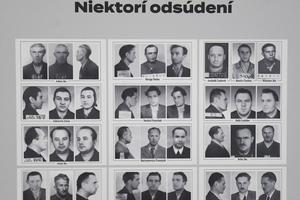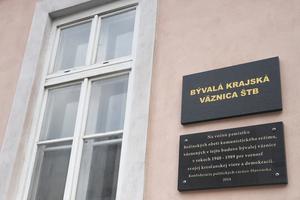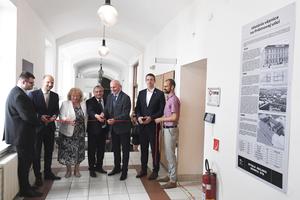The Museum of the Victims of Communism opened a new exhibition on the premises of the State Science Library (ŠVK) on Pribinova Street in Košice. The exhibition presents this building as a former regional prison of the communist State Security, also known as ŠtB.
Part of the exhibition is a 3D model of how the building looked before its reconstruction for the needs of the library.
Discover region on the border between Western and Eastern European culture with our Košice region travel guide.
"In the model, you can see cells in where prisoners spent long months, interrogation rooms where prisoners were forced to confess to deeds they never committed. Confessions were often coerced by physical and psychological torture," said Pavol Hric, director of the Museum of Victims of Communism, as quoted by the TASR newswire.
An interesting thing was the prison walking "yard" on the building roof. Outings were not very frequent because, according to Hric, prisoners in pretrial detention spent most of the time in isolation, or inside interrogation rooms for long hours, days and nights.
The exhibition, called the 'ŠtB Regional Prison', includes a panel section with information that complements the stories of imprisoned people.
"One prison cell has been preserved in the building, where you can at least think for a moment about what the prisoners could have experienced in a small space. The prison guards made their lives miserable by taking away their blankets, straws, turning off the water, taking away their chairs or completely taking away even their meager amount of food, so that prisoners often suffered from hunger, thirst, cold and lack of sleep," the director said.
According to records, almost 5,000 people were imprisoned here between 1948 and 1953. In the building, lecturers from the Museum of Victims of Communism will conduct workshops, where they will introduce young people to the meaning of human rights violations.
The deposits and specialist workplaces of the scientific library are located in the building, so it is not yet accessible to the public.
"However, I consider it very important that this exhibition be made accessible, and we will agree with the Museum of Victims of Communism on some kind of regime within the framework of workshops and guided tours. I assume that it could be from September," said ŠVK director Darina Kožuchová.
Visitors will be registered via the museum's website.
Spectacular Slovakia travel guides
A helping hand in the heart of Europe thanks to the Slovakia travel guide with more than 1,000 photos and hundreds of tourist spots.
A detailed travel guide to the Tatras introduces you to the whole region around the Tatra mountains, including attractions on the Polish side.
Lost in Bratislava? Impossible with our City Guide!
Selected travel articles, podcasts, travellers' needs as well as other guides dedicated to Nitra, Trenčín Region, Trnava Region and Žilina Region.



 A Košice library hosts a display on the life of local people imprisoned by the communist secret police. (source: TASR)
A Košice library hosts a display on the life of local people imprisoned by the communist secret police. (source: TASR)


